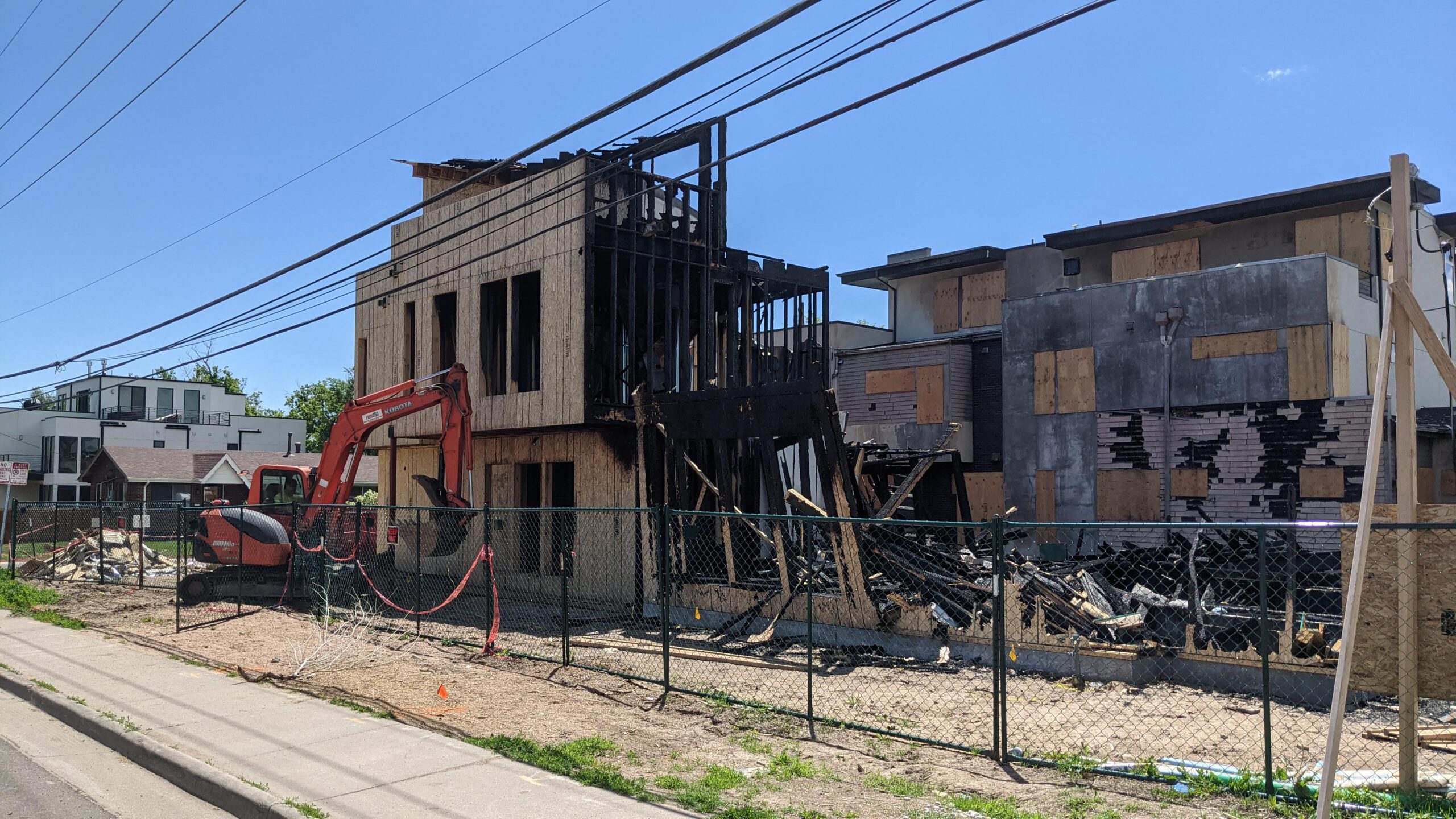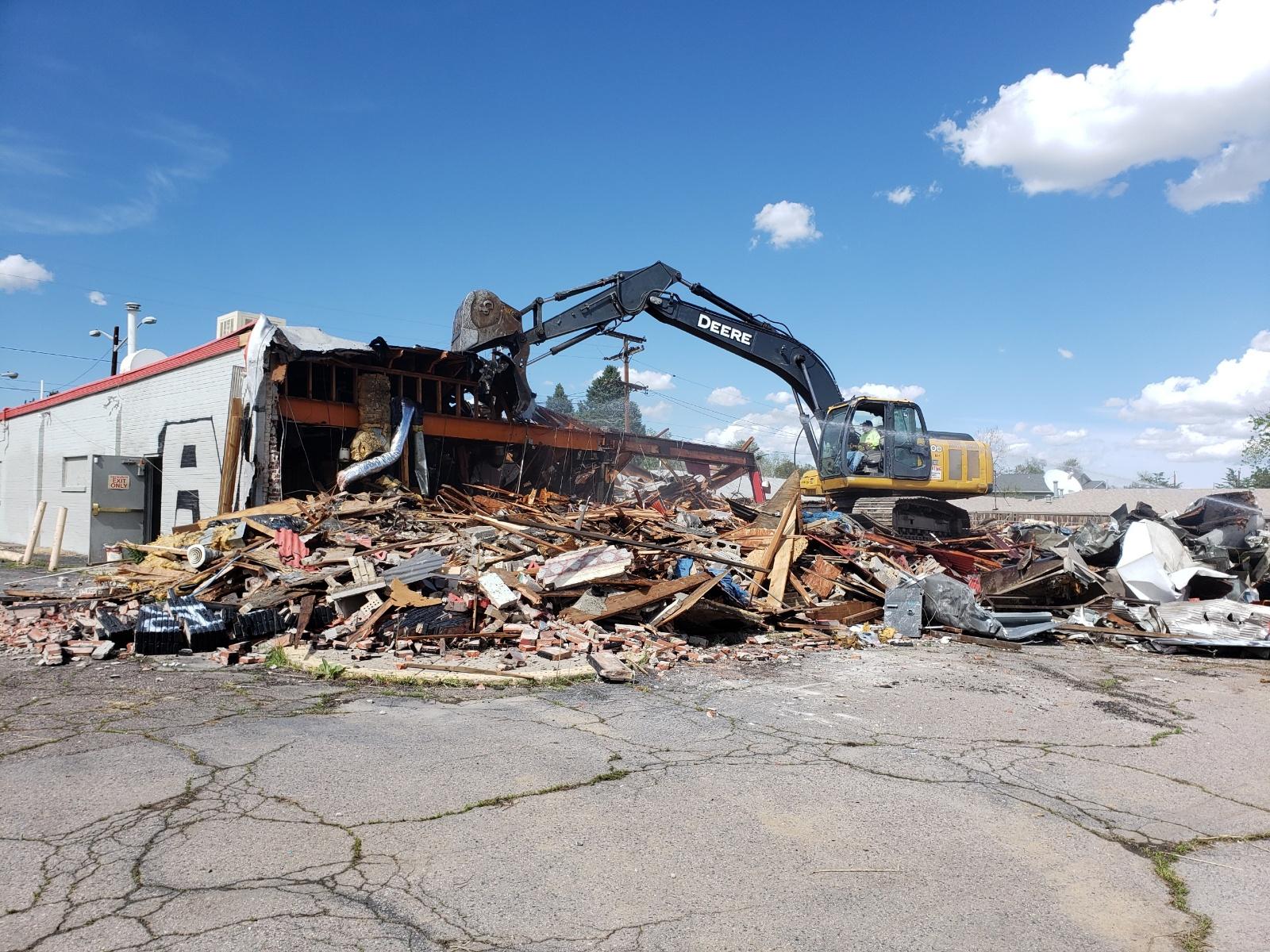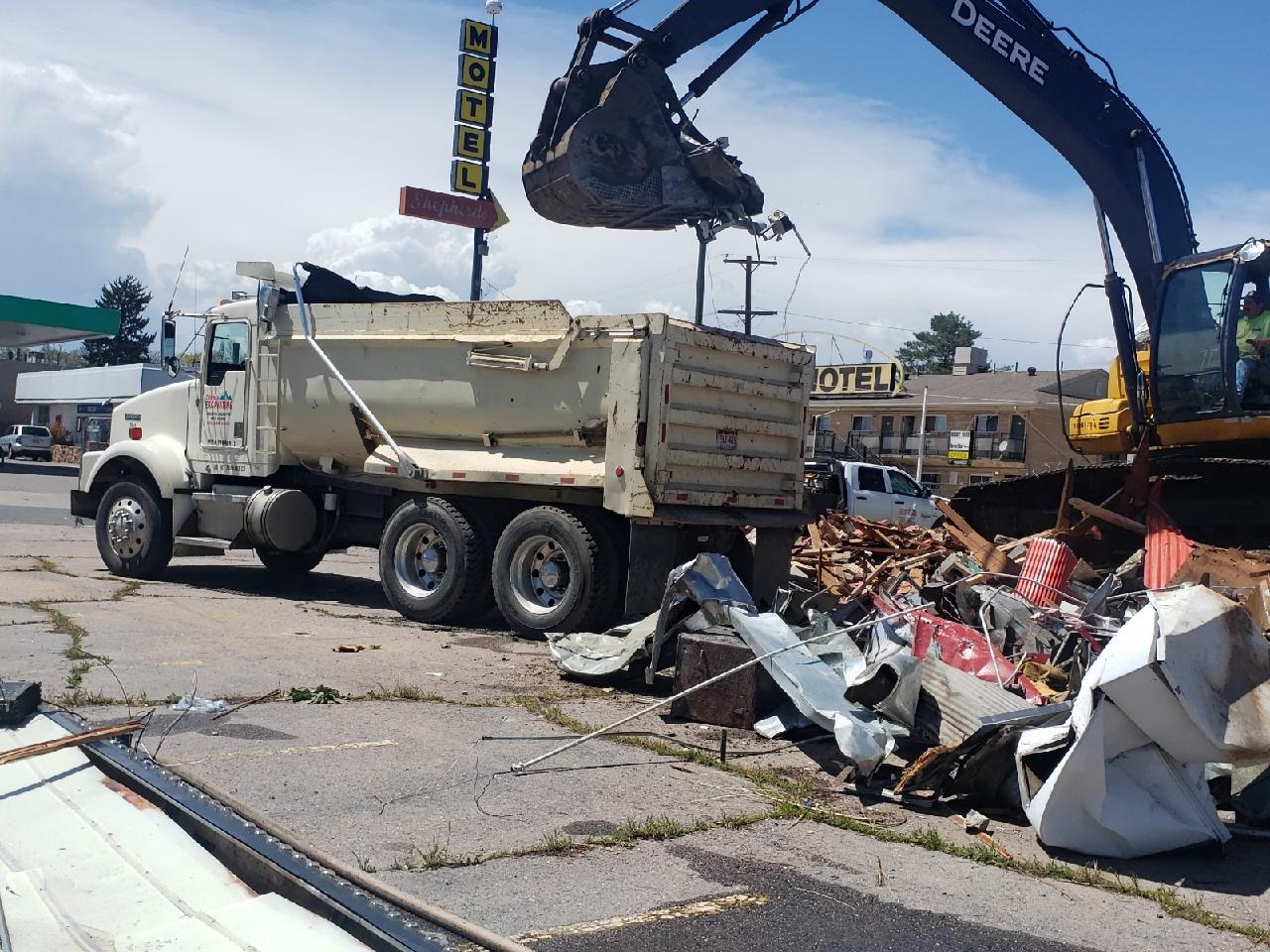Emergency Demolition

Emergency Demolition
Why You Might Need Emergency Demolition Services
The demolition of structures deemed old, redundant, unoccupied, or unsafe represents one of the construction industry’s most hazardous and technically demanding tasks. Successfully planning and executing demolition and renovation undertakings, whether they involve residential buildings, commercial establishments, or industrial sites, necessitates a team that is both adequately equipped and possesses the requisite qualifications. This discussion delves into the specifics of emergency demolition, elucidating what it entails, its operational dynamics, and the circumstances that necessitate its deployment.
Understanding Emergency Demolition

Emergency demolition comes into play when structures undergo significant structural deterioration over time, impacting both residential and industrial zones alike. The demolition of outdated buildings to facilitate new construction often becomes imperative, particularly when the existing edifice is unsuitable for repurposing.
Factors Prompting Emergency Demolition:
- Structural Inadequacies: The building’s structure is of such poor quality that it is incapable of supporting new construction or safely housing occupants.
- Obsolete Materials: The building may have been constructed using outdated or hazardous materials, such as asbestos, which necessitate removal to protect public health and safety.
- Divergent Layout Requirements: The design of a new construction project might significantly differ from the old structure, making renovation more difficult or impractical. In such cases, emergency demolition is often the fastest and most cost-effective option.
- Immediate Danger: In situations where the structure poses an immediate threat to human life—such as after a fire, earthquake, or structural collapse—emergency demolition becomes a critical necessity.
In scenarios where the threat is immediate, such as in the aftermath of a fire or when a building’s structural integrity is compromised, emergency demolition becomes essential. This process is initiated with thorough preparation, including the evacuation of the premises, when feasible.
Expectations from Emergency Demolition Services

The first order of business in emergency demolition is determining the appropriate machinery for the task at hand, which varies based on the building’s size and condition, whether it’s a fire-damaged house, an unstable commercial building, or an industrial facility posing imminent danger.
The demolition strategy is significantly influenced by whether the goal is to dismantle the entire building or only sections of it, and whether adjacent structures need preservation. The choice of machinery is also affected by the presence of any obstacles that could hinder the operation of large equipment.
Preliminary Considerations:
Prior to commencing demolition, it’s crucial to ascertain whether the activity can proceed without formal authorization or, in cases where the structure is protected (e.g., a heritage building), if a demolition permit is necessary.

Demolition and Cleanup:
Following preparation, the demolition process unfolds, culminating in the disposal or recycling of debris. The efficiency of this phase is dependent on the professional expertise of the contractors and the adequacy of their equipment. Typically, emergency demolitions can be executed swiftly, often within a day or two, minimizing downtime.
After demolition, the focus shifts to site cleanup and preparation for subsequent construction activities. A clean site not only enhances aesthetics but also facilitates the continuation of construction efforts without incurring additional clearing costs.
Colorado Sewer Line: Your Emergency Demolition Partner
At Colorado Excavating, we take pride in our rapid response and ability to handle emergency demolitions quickly, efficiently, and safely. With a team of skilled contractors and state-of-the-art machinery, we can ensure that your site is safely cleared and ready for the next phase of development. Whether you’re facing an urgent need due to fire damage or a structurally unsound building, our team is here to help.
If you require emergency demolition services, contact Colorado Excavating today to discuss your specific needs. We are your trusted partner in transitioning from demolition to development with professionalism, efficiency, and safety at the forefront of everything we do.
